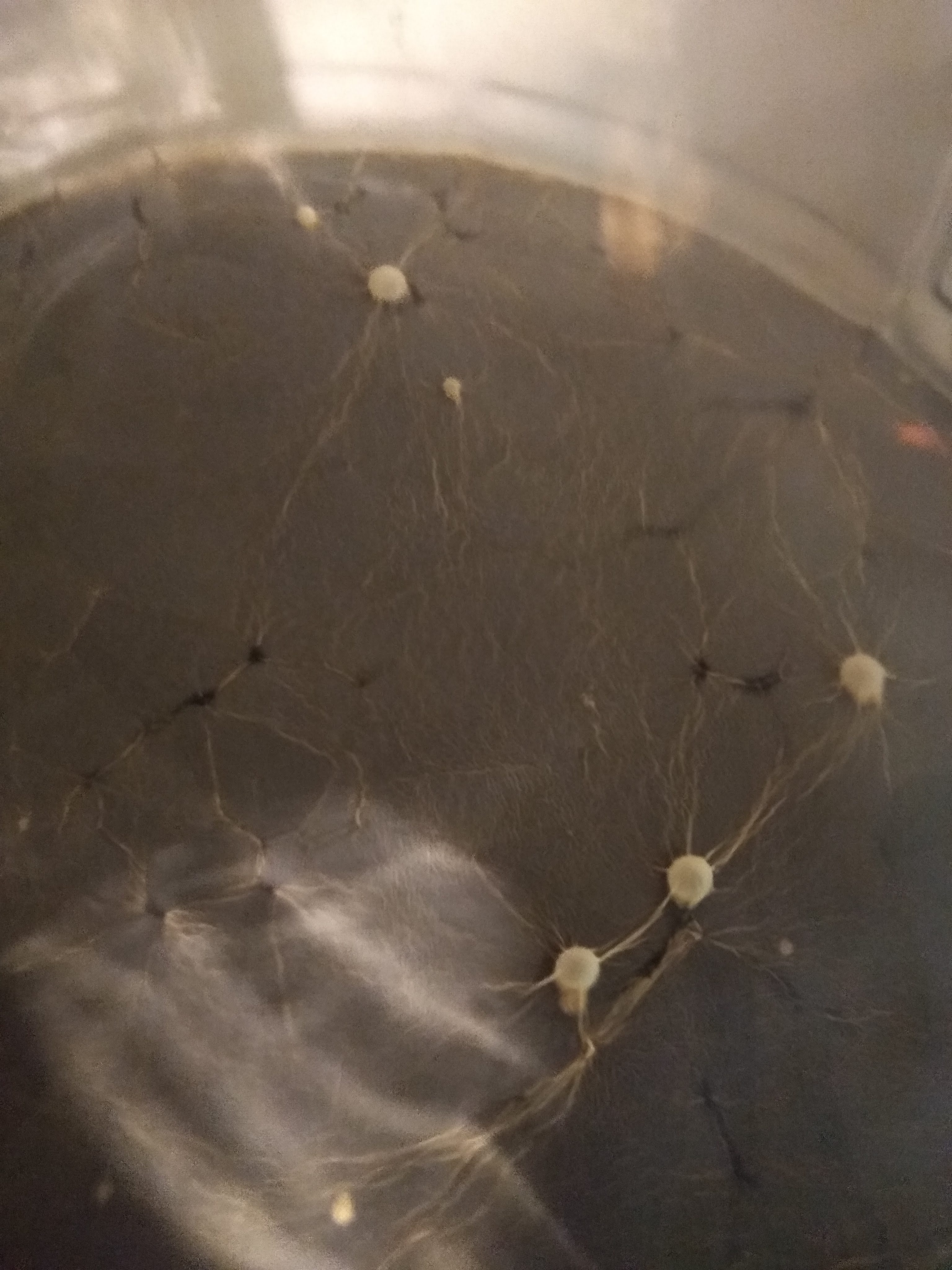JLeather
Well-Known Member
Had a first last night. Managed to scorch some wort on a stovetop with a 1500w burner. I believe it's because my hop spider sat almost on the bottom of my kettle and must have trapped a small pocket of wort underneath? The burned patch was right in that area. I think I'll switch to one of those hop spider bag arrangements in the future. For this batch, however, should I spend the dry hops and time on it or toss it out now and start something else? I can taste a faint burnt flavor, and it's an APA so there's not much for it to hide behind. No burned smell, no color change. Will it get worse or better as it ferments/ages?





